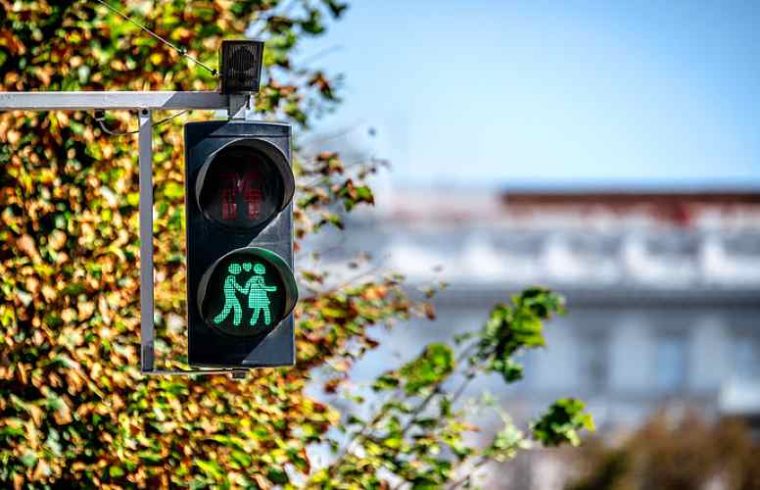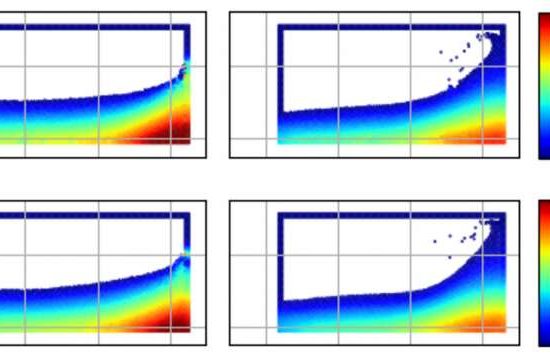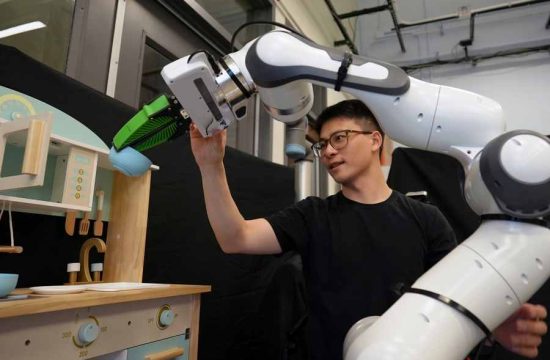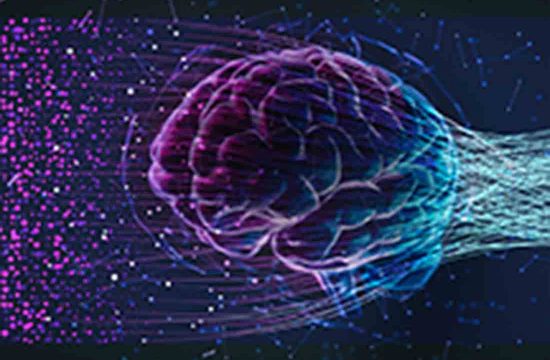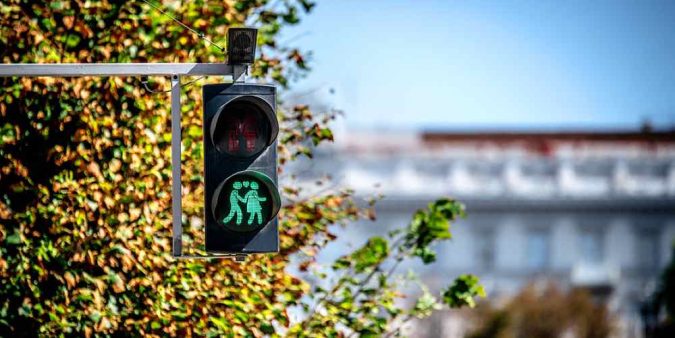
With higher computing power and adapted AI training, the system developed at TU Graz can control several pedestrian crossings simultaneously and recognizes people with limited mobility or strollers. The green phase can thus be extended as required.
Since 2018, 21 intelligent traffic lights have been in use in Vienna. They recognize when pedestrians are approaching a crossing and automatically request green for them. This reduces the waiting time considerably in some cases.
Now a team led by Horst Possegger from the Institute of Computer Graphics and Vision at Graz University of Technology (TU Graz) has developed the second generation of these smart traffic lights on behalf of Vienna’s Municipal Department 33 and in collaboration with Günther Pichler GmbH and successfully tested them at four pedestrian crossings in Vienna.
The new system is now able to recognize people with mobility impairments or strollers thanks to improved camera resolution, higher computing power, and an appropriately trained, deep learning-based model. It can also monitor and control several crossings
Up to 300 teraflops of computing power simultaneously
While the first-generation smart traffic lights in 2018 had a computing power of 0.5 teraflops, the new devices have values of between 100 and 300 teraflops (number of floating point operations per second). “This allows us to use a more complex and thus, more capable machine learning model, which means that people can be detected more accurately and robustly,” says project manager Horst Possegger.
Thanks to the increased camera resolution, the system can also recognize people with strollers or walking aids, such as rollators or crutches. “People with mobility impairments usually need longer to cross the road. Our traffic light system can recognize such needs very reliably so that the green phase can be extended as required,” explains Horst Possegger.
Images are deleted within 50 milliseconds
The cameras evaluate an area of around 30 square meters in the waiting area of the traffic light, with the image data being exclusively processed locally and deleted within 50 milliseconds. Only the number of people and the categories of people, such as information on mobility restrictions, can be permanently documented if required. Traffic planners could use this purely statistical data to coordinate traffic light systems in a larger area or to provide the data basis for a demand-optimized redesign of the traffic light schedules.
For data protection reasons, the new detector system was not developed using images of a real road situation, but with images from tests at Campus Inffeldgasse of TU Graz. The researchers filmed test subjects in various constellations and with different accessories.
From the movement patterns, the system can correctly predict with an accuracy of 99 percent whether a person wants to cross the road. When it comes to recognizing mobility restrictions, the accuracy is 85 percent or more, depending on the mobility aid.
A special focus in the system architecture was placed on safety, so that even in the event of classification errors in a mobility aid, the green phase is requested – in the worst case with the previously usual ‘standard duration’.


